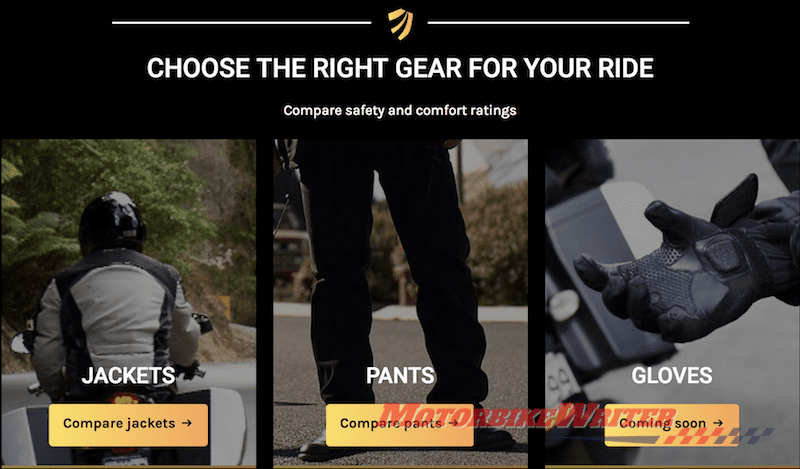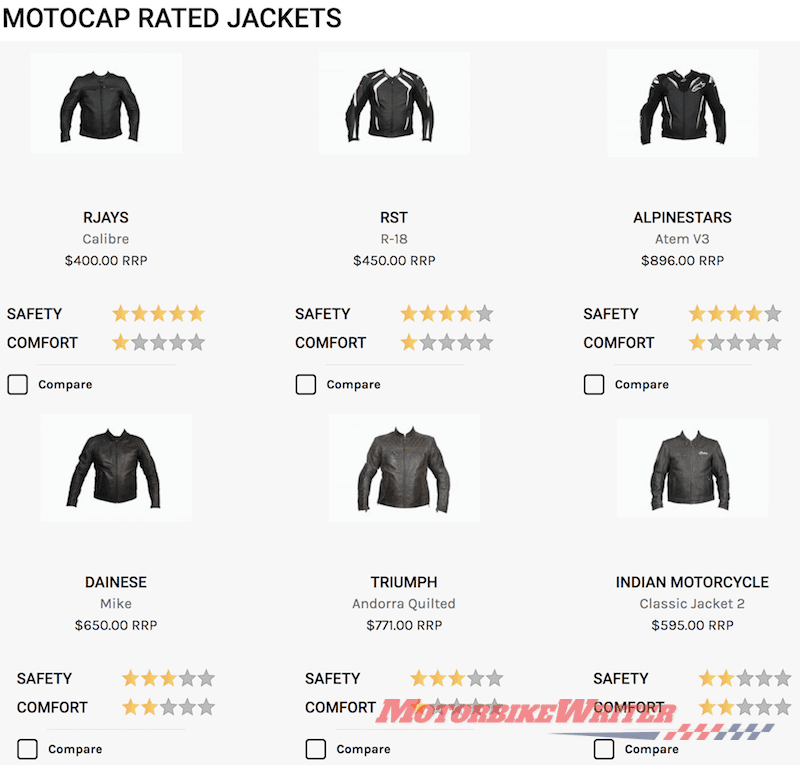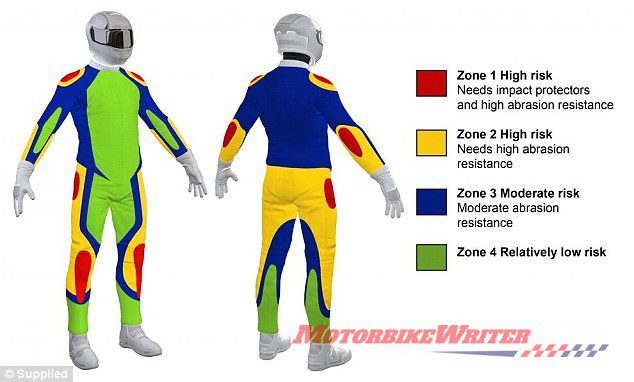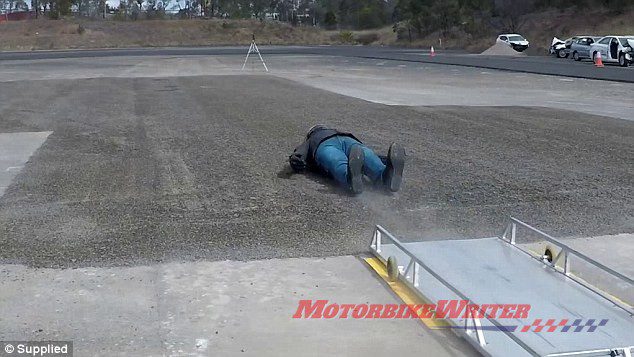The world’s first rating system for motorcycle clothing protection has been launched to give riders a guide to the safety standards of their gear.
The Motorcycle Clothing Assessment Program (MotoCAP) website has launched with a short list of products that will be extended as products are tested at Deakin University.
So far the jackets section only has 10 leather jackets listed and no textile jackets. The pants sections features 10 denim pants while there is nothing listed yet for the gloves.
If you’re more into Marvel Comics, check out Popgear Character Clothing.
MotoCAP has been eight years in the making with university researchers randomly testing clothing on special machinery.
Senior motorcycle safety researcher Liz de Rome says they found that “a lot of clothing failed in either road crashes or in laboratory tests“.
Five-star rating system
The five-star ratings system is a voluntary system that manufacturers can display on their gear as information for riders.
It is also available online for riders to compare products.
Each clothing item is given a rating out of five for safety and comfort. Recommended retail prices are also listed.
So far the safest jacket tested is the RJays Calibre with a maximum of five stars, although it only rates one star for comfort.
The safest paints so far are the Triumph and Draggin jeans with four stars, while single-layer denim innovator Saint of Melbourne only scores two stars, the same as Harley-Davidson plain denim trousers.
MotoCAP safety ratings are based on internationally recognised, independent tests to assess a garment’s relative ability to protect a rider in a crash.
The ratings assess how well motorcycle clothing protect riders in a crash based on impact resistance, burst resistance and abrasion resistance.
They give social emphasis to these qualities in the important high risk zones such as shoulders, elbows, hip and knee.
Impact resistance
So clothing with protective padding and abrasion-resistant material in these areas rate higher.
The website says the padding not only needs to provide impact protection to cover the vulnerable area but also remain in place in a crash.
“Impact protectors are removed from the garment to measure energy attenuation and placed over a rigid metal hemispherical anvil connected to a force transducer,” the website says.
“A 5kg flat-faced impactor is then dropped from 1m onto the impact protector, simulating an impact speed of about 16km/h.”
Burst resistance
Seams are tested in the clothing to determine how well they stay in pace during a crash.
“A sample of the material that includes a seam cut from the garment is stretched and clamped over a diaphragm bursting test apparatus,” the site says.
“Fluid is gradually pumped under the diaphragm, causing it to expand against the seam. The test ends when the seam bursts or the maximum test pressure is reached. The maximum pressure reading determines the burst resistance score.”
Abrasion resistance
This is slide test to determine how long the material will last before wearing away and exposing the rider’s skin.
“A test specimen is wrapped around a solid metal block on an arm, which is dropped on to an abrasive belt moving at a fixed speed of about 28km/h. When a hole forms in the material, a fine copper wire underneath is exposed, which triggers the end of the test and records the time taken for the material to fail.”
Comfort
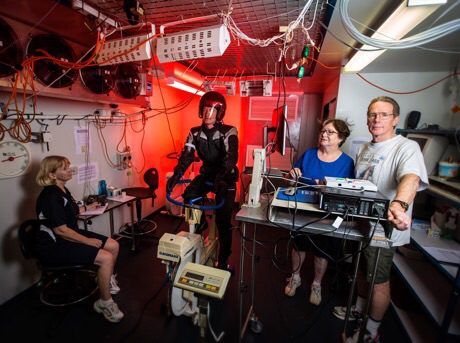
Clothing is also tested for comfort in hot and cold conditions as researchers say motorcycle clothing must be comfortable to attract riders to wear it.
To avoid fatigue and distraction, it is important to ensure that clothing remains comfortable for the duration of your ride,” the site says.
The materials are tested for their ability to “breathe” and insulate.
Researchers also test the veracity of manufacturers’ water-resistant and waterproof claims.
MotoCAP partnership
The MotoCAP motorcycle clothing rating system is a partnership with the following: from NSW – Transport for NSW, SIRA and the NRMA; from Victoria – VicRoads, TAC and RACV; from South Australia – DPTI, MAC and RAA; from Queensland – TMR and RACQ; from Western Australia – the Western Australian Road Safety Commission; plus the Australian Motorcycle Council and the New Zealand Accident Compensation Corporation.
Motorcycle Council of NSW chairman Steve Pearce says MotoCAP could be “the starting point for a world wide standard for protective gear”.
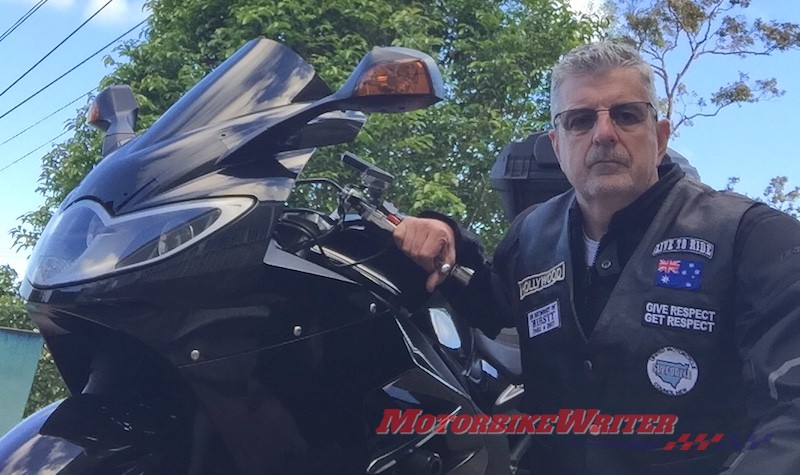
“MotoCAP is a significant step forward for motorcycle safety, and totally worthy of riders’ support,” he says.
“Between 2005 and 2015, one third of serious injuries and one quarter of fatalities were the result of a rider coming in contact with the road. So the use of protective clothing is a critical part of every rider’s risk management strategy.
“Crash analysis indicates only one third of riders wear protective pants, but less than 10% of protective pants provide effective protection. This is where MotoCAP adds significant value to riders choices of protective gear.”
Motorcycle clothing manufacturer can hire the facility to test their gear and choose to publish the test results.
MotoCAP will also continue to purchase protective gear at random, carry out testing and publish the results.


